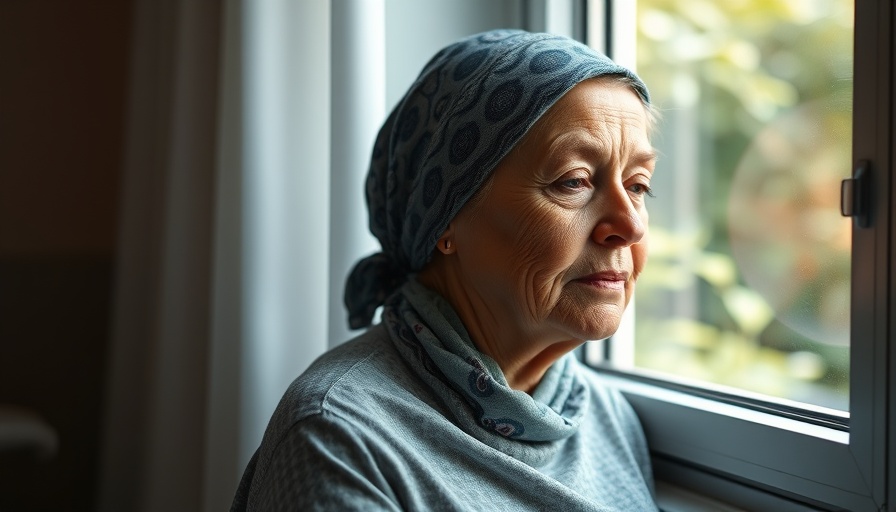
Understanding Patient Goals in Cancer Treatment
The treatment of advanced cancer has become a complex interplay between medical interventions and personal patient goals. With the increasing variety of therapeutic options available today, understanding how these options align with a patient’s individual priorities is more crucial than ever. An emerging question in oncology is whether treatments provided truly align with the values and objectives set by patients themselves.
The Importance of Goal Alignment
Patients facing serious illnesses such as advanced cancer often have well-defined goals. These goals can range from extending life to reducing pain, enhancing quality of life, or even ensuring comfort at the end of life. Aligning treatment plans with these goals is essential not only for patient satisfaction but also for improving clinical outcomes.
Research suggests that when doctors and patients engage in open dialogues about treatment objectives, there tends to be a stronger alignment between treatment strategies and the desired outcomes. This dialogue also encourages trust and can lead to better adherence to treatment regimens, ultimately contributing to a more holistic approach to patient care.
Challenges in Communication
Despite the recognized importance of goal alignment, communication gaps remain prevalent. Many healthcare providers may inadvertently impose their own interpretations of treatment goals rather than directly engaging with patients to understand theirs. According to recent studies, around 50% of patients undergoing treatment for advanced cancer express that their options do not entirely match their personal goals, which highlights a vital area for improvement in patient-provider interactions.
Looking at Data: What Do Patients Want?
Insights into patient preferences reveal shifting landscapes in treatment choices. For instance, a study tracking preferences over a decade shows an increasing desire among patients for treatments focused on quality of life rather than mere survival. This trend indicates a broader societal move towards patient-centered care, which necessitates that oncologists adjust their approaches in treatment discussions and planning.
Future Predictions: Enhancing Patient-Centered Care
As healthcare systems evolve, the integration of new technologies promises to enhance patient-centeredness in oncology. For example, electronic health records (EHRs) and patient portals can facilitate better communication of treatment goals and preferences, enabling health professionals to tailor treatments more closely to individual needs. Future developments may include artificial intelligence programs that can help analyze patient data to predict outcomes that best align with expressed goals.
A Call for Action: What Can Be Done?
Healthcare providers must adopt practices that prioritize patient engagement. This can be achieved through structured interviews aimed at elucidating a patient’s values, combined with ongoing education for healthcare professionals about effective communication strategies. By fostering a culture of collaboration and respect for patient autonomy, the oncology field can ensure that treatments are representative of patient choices.
Conclusion
Aligning cancer treatment with patient goals is not merely a matter of medical protocols; it touches upon the very essence of patient dignity and agency. As we look to the future, ongoing research and innovation will play critical roles in bridging this gap. The healthcare system must evolve to become more responsive to patient needs, ensuring that every individual feels heard and valued in their treatment journey.
 Add Row
Add Row  Add
Add 




Write A Comment